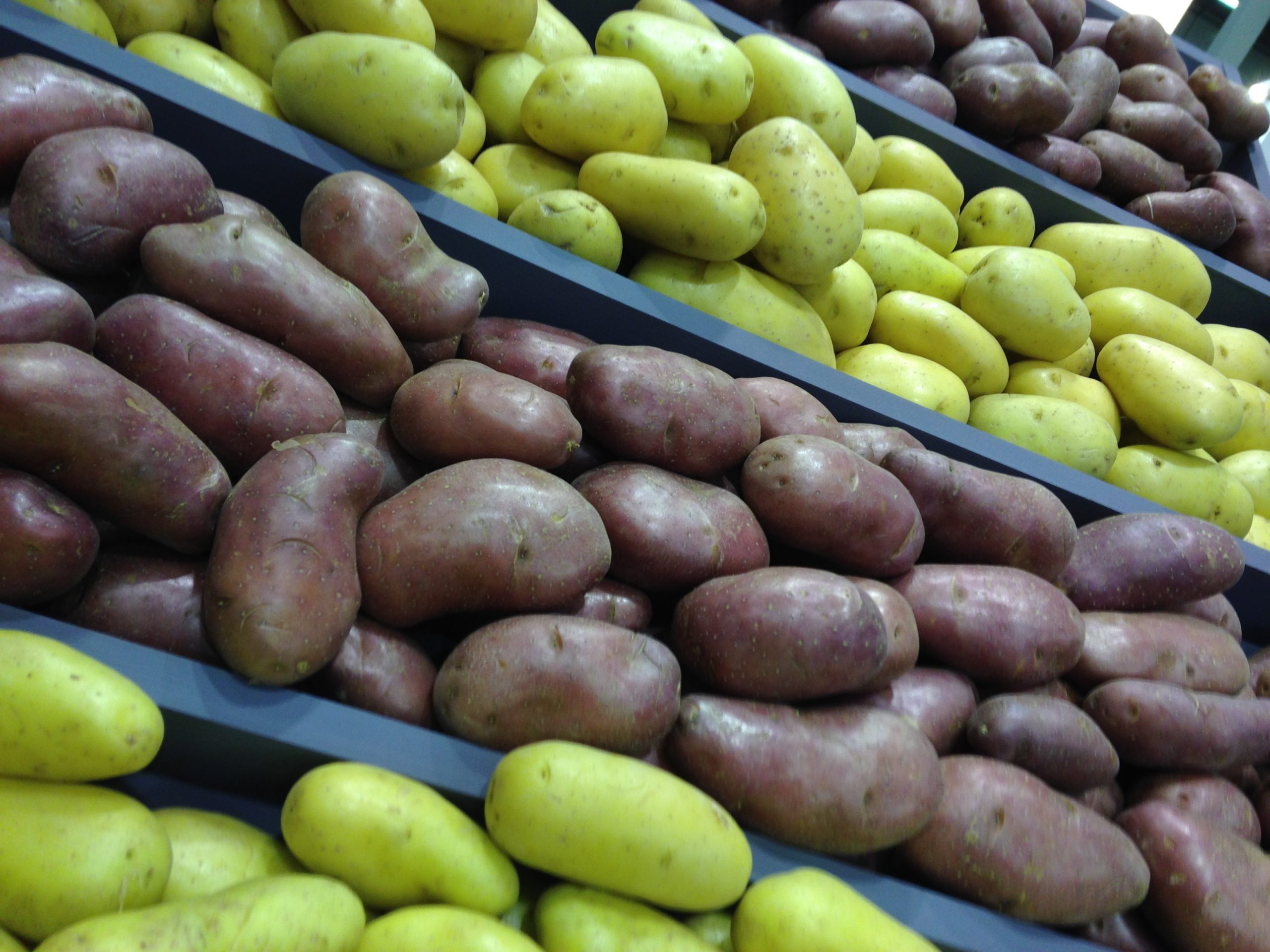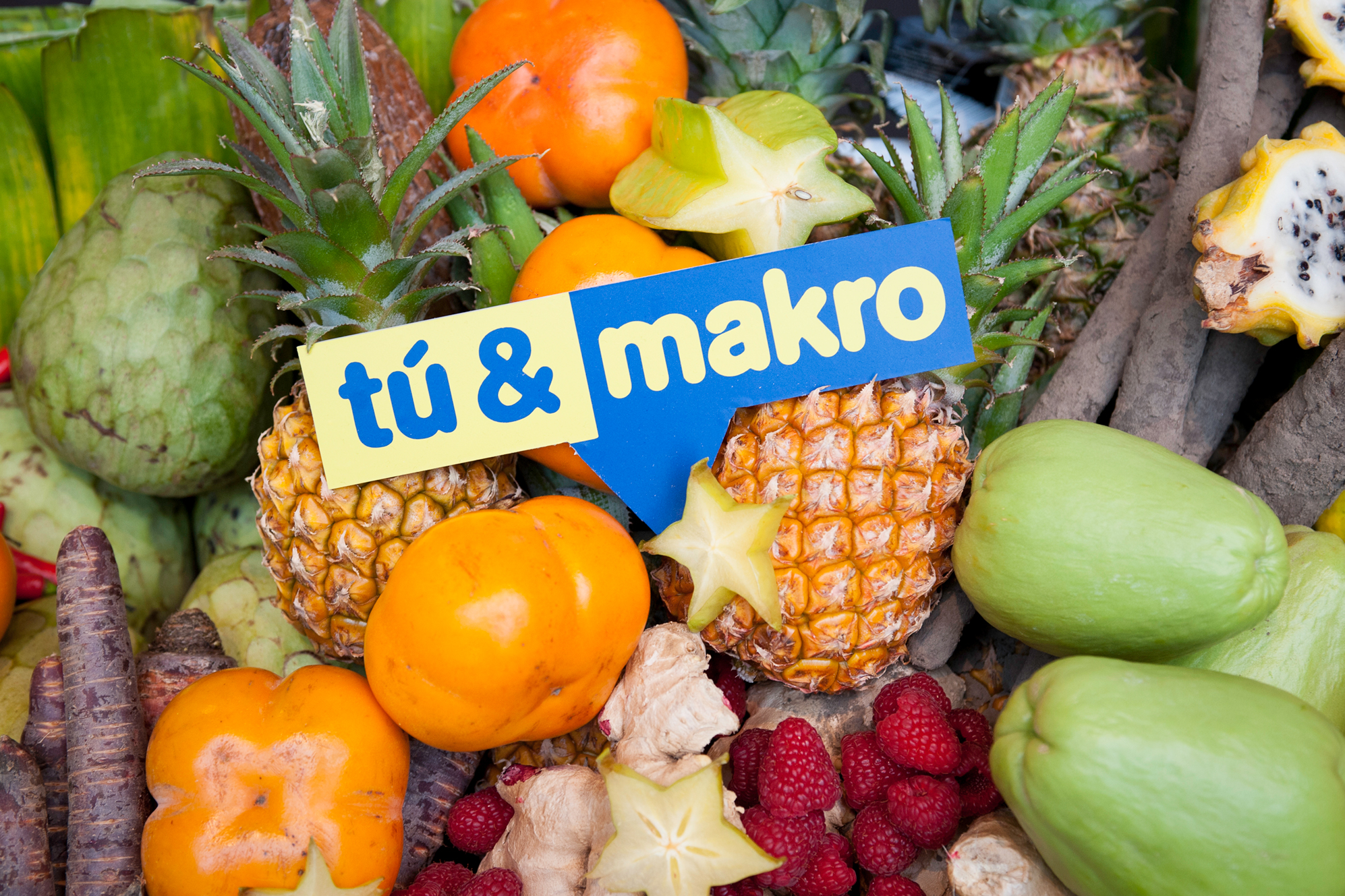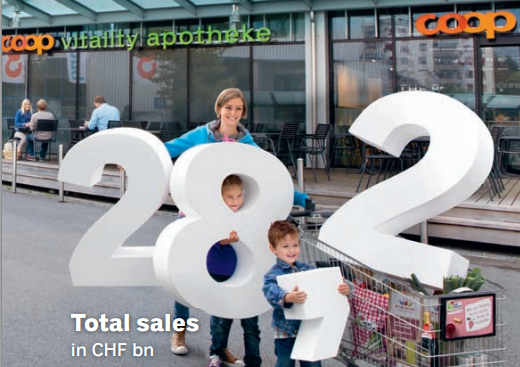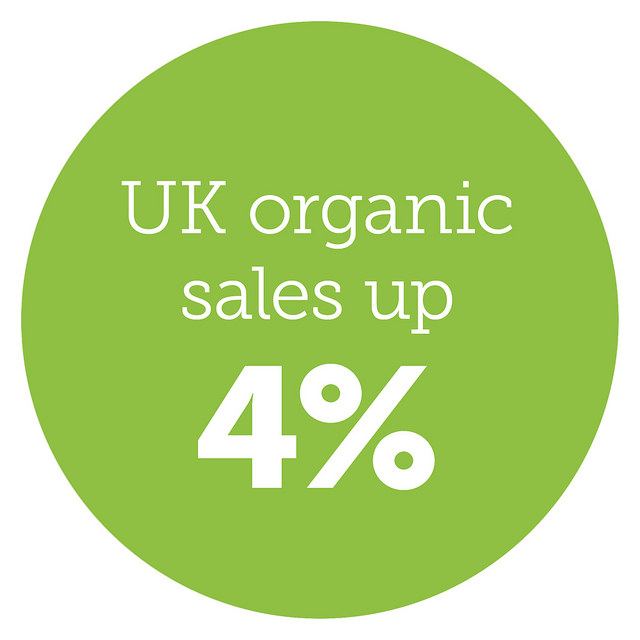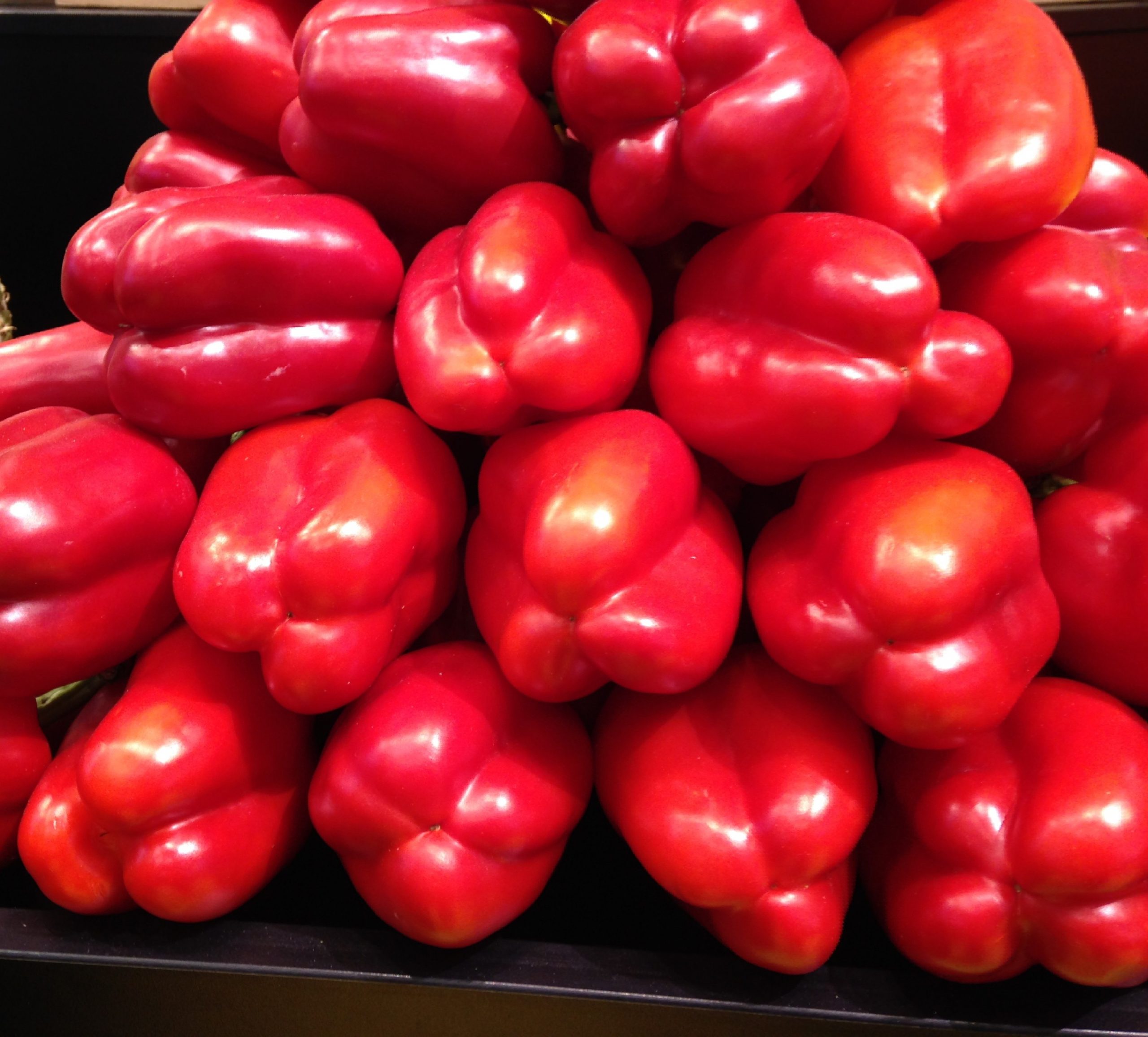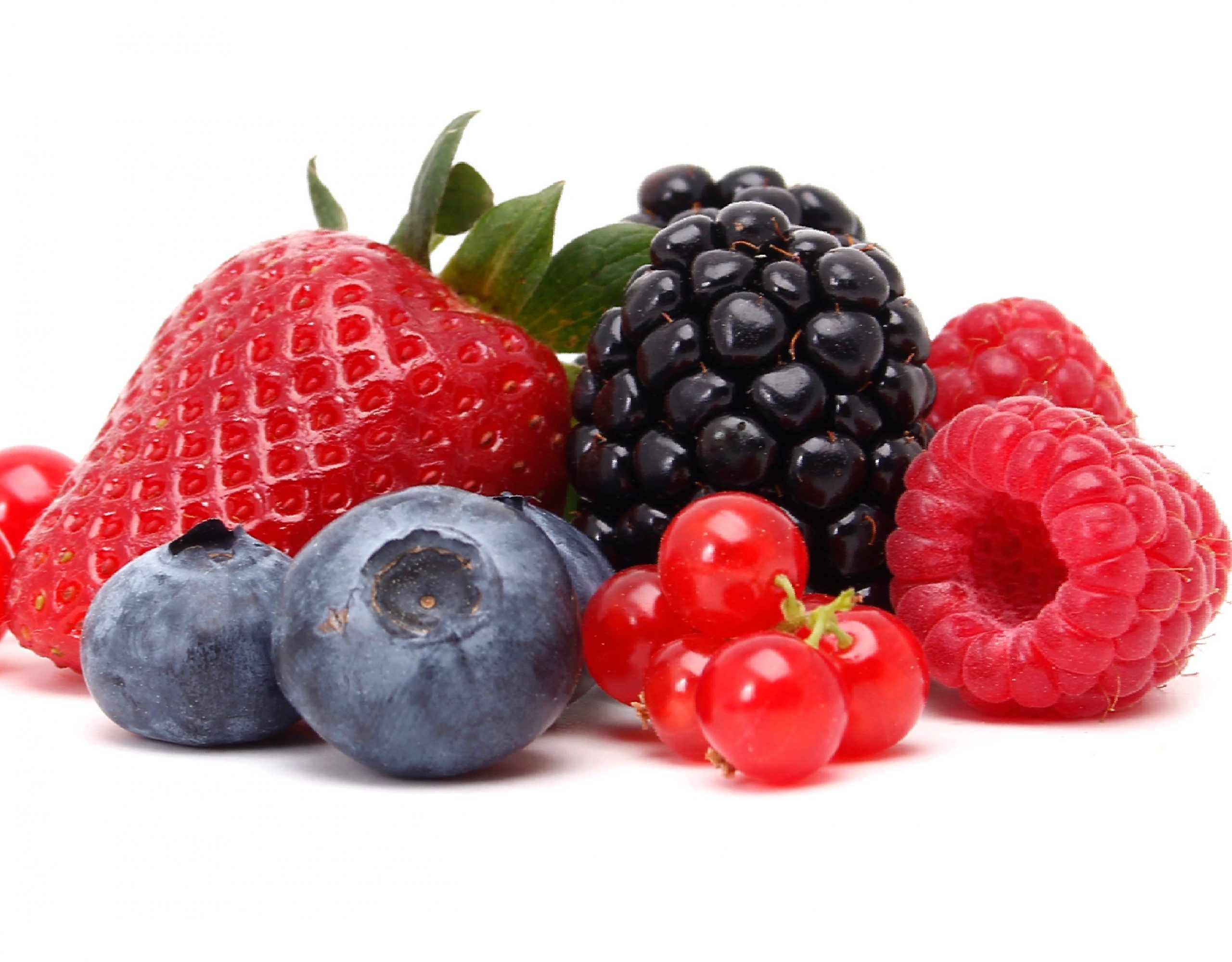
Food poisoning outbreaks traced to fresh produce have become more prominent, according to Bill Marler, a US lawyer who specialises in food safety.
Listeria cases stemming from outbreaks traced to cantaloupe and celery, and E.coli outbreaks linked to lettuce and bagged spinach, are among various handled in recent years by Seattle law firm Marler Clark – a foodborne illness litigation specialist – where he is based.
But Marler, known in America as a food safety advocate, said it is not necessarily that more cases are occurring, but that they have become more noticeable.
It’s now easier to trace culprits
Marler’s focus on food safety stems back to the Jack in the Box E. coli outbreak more than two decades ago, which involved undercooked beef patties in hamburgers. He said the case prompted improvements in outbreak tracing and, in particular, more widespread use of pulsed-field gel electrophoresis (PFGE) – like DNA fingerprinting – which has made it easier to identify outbreaks linked to fruit and vegetables.
Simultaneously, consumption of fresh fruit and vegetables has increased in the US, as people aim to eat more healthily. With more people eating products such as lettuce, sprouts and baby spinach leaves – which are usually not cooked and therefore don’t go through a “kill step” before being eaten – the likelihood of more people getting sick has also increased, he said.
Tragic cases triggered changes
Among high-profile fresh produce cases in the US in the last decade was the 2006 E.coli outbreak linked to shredded lettuce in Taco Bell restaurants, which according to the Centers for Disease Control and Prevention (CDC) sickened at least 71 people, 8 of whom developed kidney failure.
Marler said such cases were the impetus for the Food Safety Modernization Act (FSMA), which passed into law in early 2011. “It would not have come about in the US but for these outbreaks linked to spinach and lettuce and other fruit and veg,” he said.
Similarly, farmers in California, where much of America’s lettuce and spinach is grown, created a food safety program – the California Leafy Green Products Handler Marketing Agreement (LGMA) – in the wake of an E. coli outbreak in 2006 that was associated with Californian spinach and saw 202 people become ill and 3 die.
Marler speaks at conferences around the world and said the number of outbreaks he hears about is not as high as in the early 2000s, “so that is a positive thing.” But he still sees cases linked to fruit and vegetable contamination, such as a Hepatitis A outbreak in 2013 linked to pomegranate seeds (arils) from Turkey in a blend of frozen berries.
Most outbreaks preventable
Marler said companies – especially branded companies – need to have a culture of food safety, to invest in it and make it as important as cutting costs and making a profit.
“One of the things we see many times is people talk about food safety and farm to fork safety but company focus tends to be more on sales and profit, which is understandable, and cutting costs.” However, after an outbreak they regret not having invested more in food safety and the personnel necessary for it, he said.
“In my view, if companies make food safety an afterthought and don’t invest in people to help run it and invest in processes to eliminate risk, and then don’t pay attention to details, they will eventually make a huge mistake.”
“i think really many of these outbreaks are preventable, or at least you can make them less severe and less of a major burden on the consumer and on the industry.”
Learning from past outbreaks
Marler said a common problem is the lack of attention paid to warning signs and another is that companies often don’t learn from other companies’ disasters, instead repeating the same mistakes, with tragic outcomes. “They think ‘it won’t happen to me.’ ”
He believes this was the case with the 2011 Listeria outbreak linked to whole cantaloupes from Colorado’s Jensen Farms. “So many people in the industry couldn’t have known, but every year there’s been a Salmonella outbreak traced to cantaloupe,” he said.
The Listeria case was America’s most deadly outbreak of foodborne illness in a generation, with the CDC receiving reports of 33 deaths and a miscarriage.
Direct reporting to CEO
In the US, the Sarbanes–Oxley Act requires CEOs and CFOs to certify the financial reports their companies file are accurate and complete. Marler said CEOs should similarly have to sign off on the adequacy of their food safety, a measure that would ensure it is on par with making money and cutting costs.
He stressed the importance of a direct relationship between the CEO and person responsible for food safety in a company, so they communicate any concerns directly to the CEO. Though critical, this is often lacking, he said.
Why leafy greens are vulnerable
Because they are grown on the ground, leafy greens are at more risk of contamination via animal intrusion or irrigation water and, furthermore, are often eaten with no ‘kill step’ between the harm and the consumer.
“Where produce is grown is critical, keeping animals out of the fields, paying attention to how it is manufactured and packaged, keeping the cold chain correct, all that comes into play. You can look at each outbreak and say there was a mistake made,” Marler said.
JB
Image of Bill Marler: courtesy of Bill Marler


